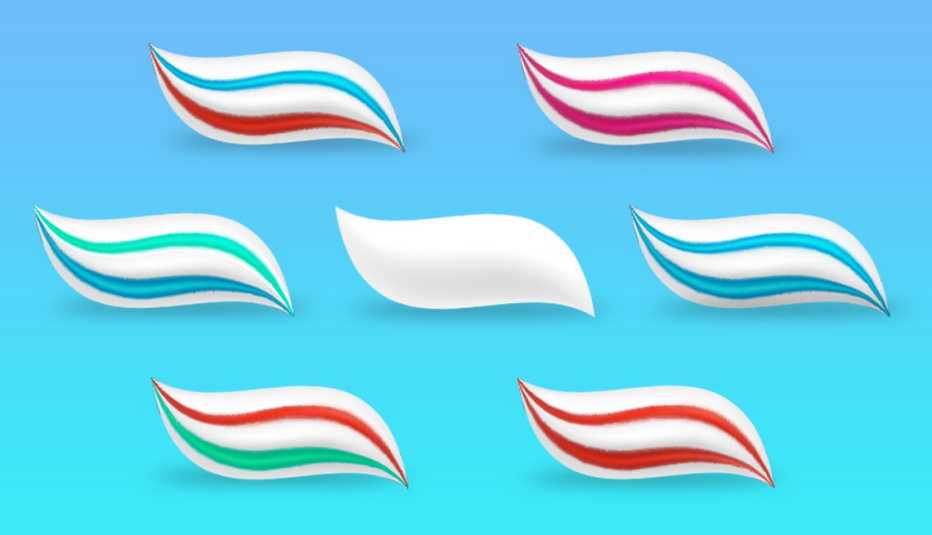Staying Fit


The aisles are full of a multitude of brands of toothpaste making promises for whitening, protection and cleaning. Determining which to buy can be confusing.
The purpose of brushing your teeth with toothpaste is to protect them, prevent cavities and gum disease and to keep your mouth clean and healthy. Ruchi Sahota, a consumer adviser for the American Dental Association and a family dentist in Fremont, California, says that whatever you buy should have the ADA Seal of Acceptance and contain fluoride, a naturally occurring mineral that helps prevent cavities by making the enamel or outer surface of your teeth more resistant to acid attacks that cause tooth decay.“ Studies show that the fluoride remineralizes tooth enamel in the early stages of cavity formation,” Sahota says.


AARP Membership— $12 for your first year when you sign up for Automatic Renewal
Get instant access to members-only products and hundreds of discounts, a free second membership, and a subscription to AARP the Magazine.
Andrew Schenkel, clinical professor and associate chair of the Department of Cariology and Comprehensive Care at New York University School of Dentistry, says that a dentist can evaluate your teeth to determine which toothpaste to use to make your teeth healthier.
“If your teeth are prone to high caries risk, that is, getting cavities, a high-fluoride prescription toothpaste might be recommended,” he says.
Toothpastes come in various forms, including gel, creamy paste or powder, and may have similar or different ingredients. While all toothpastes differ slightly, says Erinne Kennedy, director of predoctoral education at Kansas City University of Dental Medicine, all contain the same general components.
- Humectants. A substance that reduces the loss of moisture, humectant keeps toothpaste from hardening in the tube, preventing water loss from the paste.
- Flavoring agents. Flavoring agents have changed over the years, but they give the toothpaste a bit of sweetness and a minty fresh taste and smell. Because these don’t contain sugar, they also don’t promote tooth decay. Kennedy says in addition to mint, some interesting toothpaste flavors include tutti-frutti, chocolate and even bacon.
- Thickening agents. These ingredients are also known as binders that help keep the toothpaste formula combined.

































































More on Health
8 Surprising Things Your Teeth Can Tell You About Your Health
Find out what potential dangers hide behind your smile
5 Things to Know About Dental Coverage and Medicare
For most mouth problems, you’ll be footing the bill
12 Quick Healthy Habits
Boost your health in just a few minutes